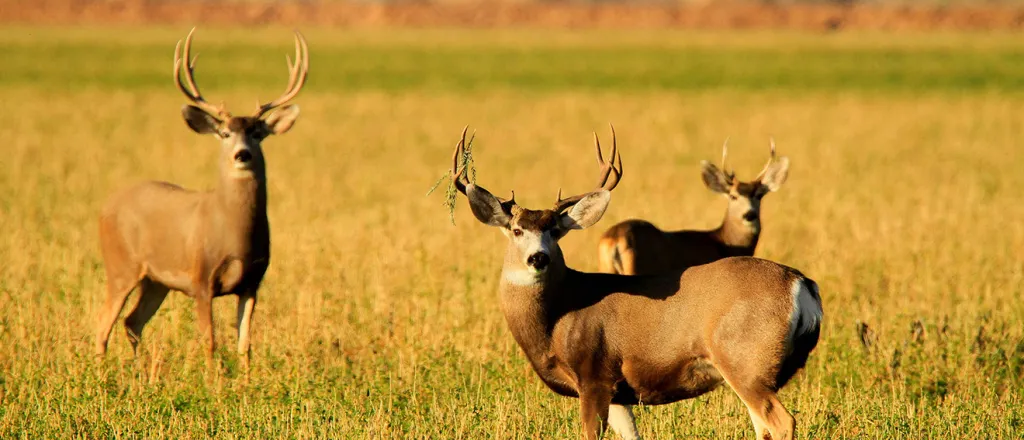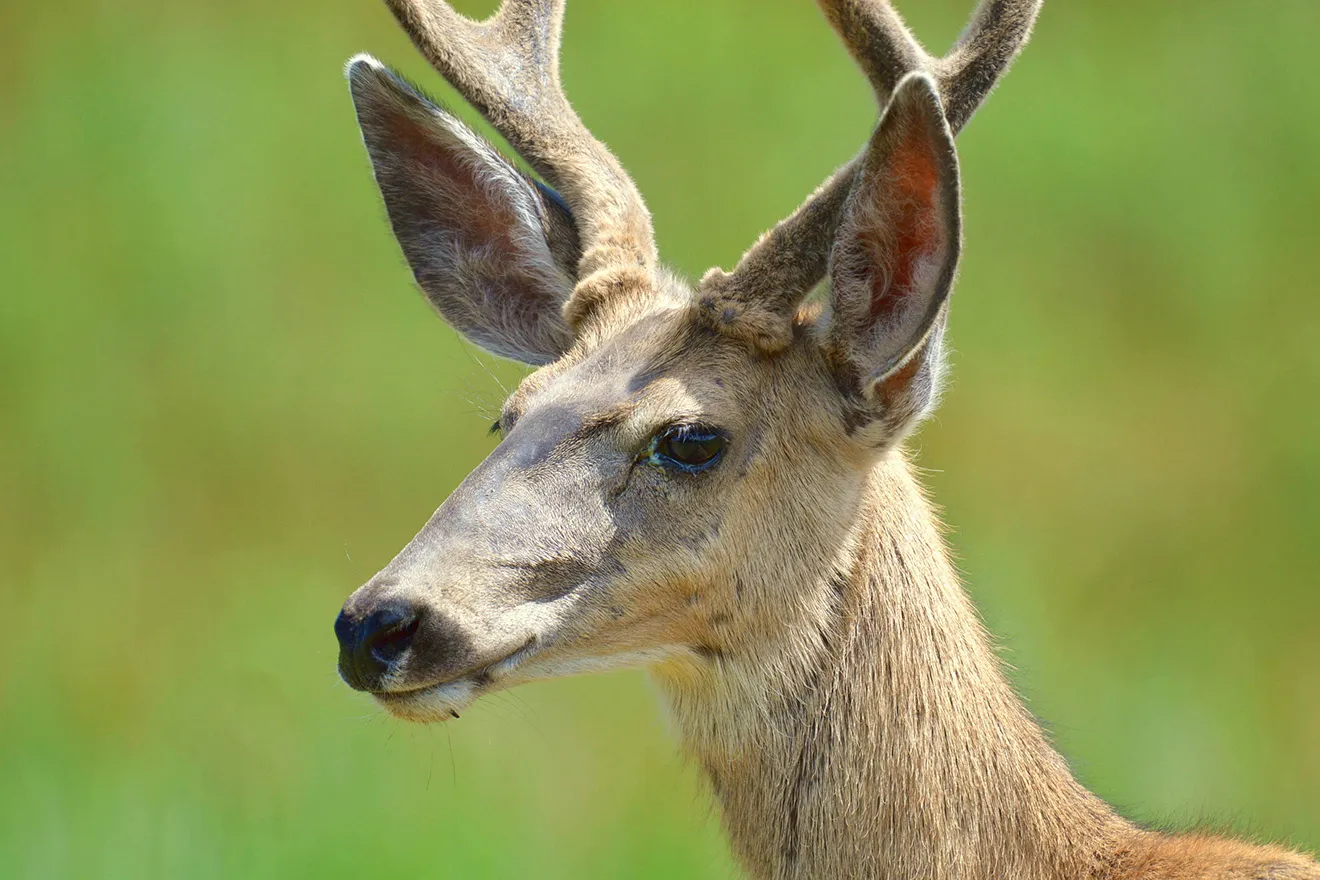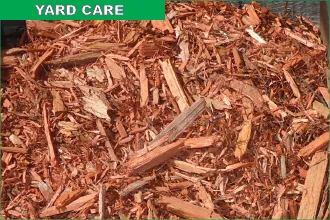
Iowa deer hunters asked to help with monitoring chronic wasting disease
Wild deer with chronic wasting disease have been detected in 25 counties, according to the Iowa Department of Natural Resources, which is seeking help from Iowans to spot the disease and limit its spread.
The DNR is hosting a public meeting Dec. 5 on statewide management and surveillance efforts.
Chronic wasting disease was first detected in Iowa in 2013 and is fatal to infected deer, though it has not been shown to infect humans.
The DNR has tested more than 100,000 deer for the disease to monitor its spread through the state. Rachel Ruden, state wildlife veterinarian with the DNR, said it will be a “generational challenge.”
“What we do to limit the spread of this disease today will pay dividends tomorrow, and we need everyone at the table,” Ruden said in a press release.
The public meeting, which will be held virtually, will allow Iowans to ask questions and learn about the role they play in managing the spread of the disease.
“As this disease continues to expand its geographic footprint in Iowa, we encourage all Iowans to stay up-to-date on where we have found CWD so they can make informed consumption decisions,” Ruden said.
Chronic wasting disease affects the animal’s brain, but is present in all tissues. It causes deer to lose weight, act abnormally and is “always fatal,” according to the DNR.
CWD and deer hunting
The public information meeting takes place just before the start of gun season for deer, which the DNR said roughly 100,000 people participate in each year.
The DNR is partnering with deer hunters to test for chronic wasting disease and has county-specific sample collection goals, depending on the presence of CWD.
Interested hunters are asked to contact their local wildlife staff, who can be found on the department’s website.
DNR aims to collect samples from each county, and reach 5,000 samples statewide, according to a press release. CWD is tested via a sample from a lymph node found behind a deer’s jaw.
And while humans have yet to be infected by the disease, the Centers for Disease Control and Prevention urges hunters to “avoid” eating meat from an animal with CWD, to wear gloves while field dressing the animals and to “minimize” contact with brain or spinal cord tissues.
Even if a hunter’s particular county has reached its testing quota, or the deer doesn’t qualify for the collection, hunters are encouraged to submit samples to the DNR for testing, especially if they plan to eat the meat.
According to the DNR, most deer that test positive for CWD don’t have visible symptoms, which is why testing is important. Hunters can seek assistance from their local wildlife staff, and from an instructional video, on how to remove the lymph node and send it in for testing.
Tyler Harms, a wildlife biologist with the Iowa DNR, called it a “really good partnership that provides an additional testing option for our hunters.”
In the press release, Harms also urged Iowans to help stop the spread of chronic wasting disease and avoid putting out grain or mineral blocks that will cause the deer to gather. Hunters should also refrain from transporting carcasses across counties, as this can also spread the disease.
“Hunting plays a huge role in slowing the spread of the disease,” Harms said “We encourage hunters to continue hunting in Iowa and managing the herd for future generations.”
DNR is also offering some additional tags and licenses for hunters in deer management and incentive zones.
Iowa Capital Dispatch is part of States Newsroom, a nonprofit news network supported by grants and a coalition of donors as a 501c(3) public charity. Iowa Capital Dispatch maintains editorial independence. Contact Editor Kathie Obradovich for questions: info@iowacapitaldispatch.com. Follow Iowa Capital Dispatch on Facebook and X.
















